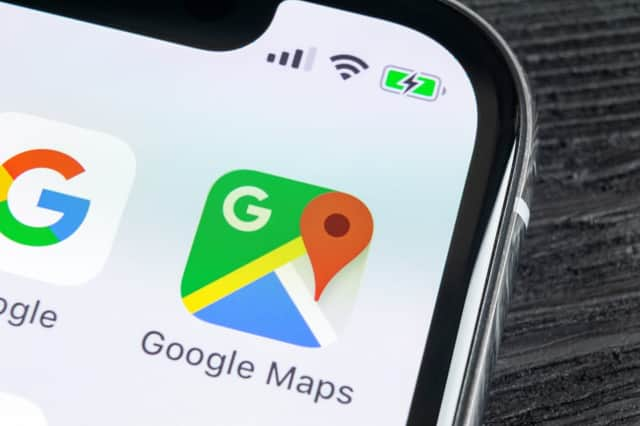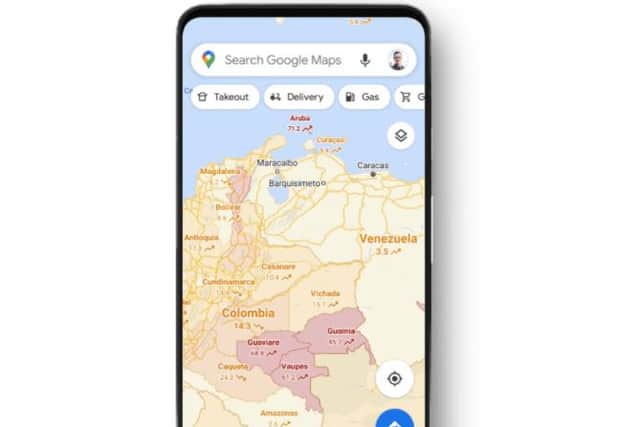Google Maps can now show you if Covid-19 cases are increasing in your area


During the Covid-19 pandemic, Google Maps has implemented a number of features to help users navigate ‘the new normal’, including highlighting busy times for venues, whether public transport will be crowded, and Covid-19 checkpoints whilst driving.
Google has now just added another feature to its Maps app, showing users critical information about Covid-19 cases in their area, such as whether numbers are going up or down.
Advertisement
Hide AdAdvertisement
Hide AdHow to use it
To see the feature, called the ‘Covid layer’, open up your Google Maps app on your device.
Within the app, tap the ‘layers’ button - this can be found in the top right hand corner of the app, just above the compass button with a red arrow.
The layers button will present you with a few options - things like the default view, satellite view and 3D view.
Included in these layers is one called ‘Covid-19 info’. If you tap on this option, you’ll be shown a message that states that the “numbers show new cases per 100,000 people (seven day average).”
Advertisement
Hide AdAdvertisement
Hide Ad

Tap ‘Okay’, and Google Maps will be transformed to show a colour coded map and labels which indicate whether cases are going up or down in certain locations.
The trending case data is visible at country level for all 220 countries and territories in the world that Google Maps supports, along with state or province, county, and city-level data where available.
Where does the data come from?
Sujoy Banerjee, product manager for Google Maps, explained in a blog post for the tech giant that the data featured in the Covid layer comes from “multiple authoritative sources, including Johns Hopkins, the New York Times, and Wikipedia.”
Banerjee added, “These sources get data from public health organisations like the World Health Organisation, government health ministries, along with state and local health agencies and hospitals.”
When will the feature become available?
Banerjee states that the Covid layer starts rolling out worldwide on Android and iOS this week.
You might already have it in your Google Maps app, but, if not, you should see it very soon.